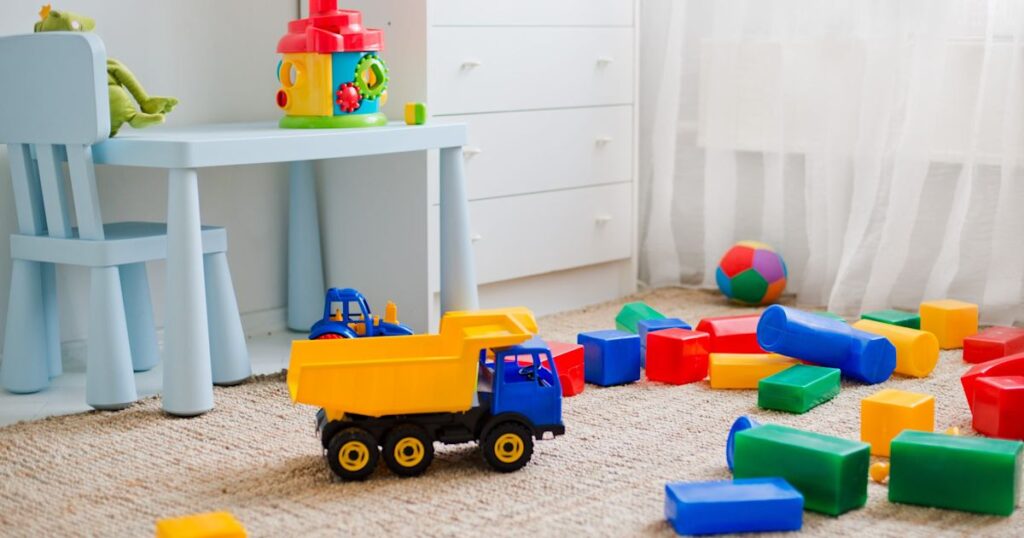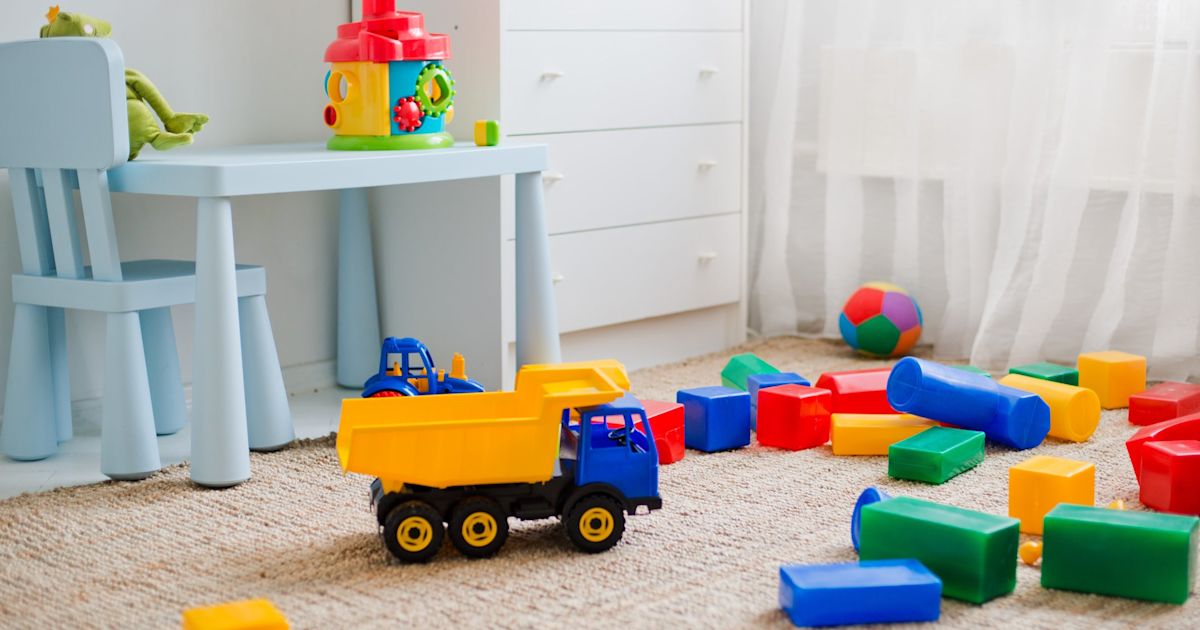
Is Clorox Wipes Safe for Baby? A Parent’s Guide to Safe Cleaning
As parents, we’re constantly striving to create a safe and healthy environment for our little ones. From baby-proofing the house to meticulously washing their clothes, every decision is made with their well-being in mind. Cleaning is a crucial part of this, and when it comes to disinfecting surfaces, many parents turn to convenient options like Clorox wipes. But the big question looms: is Clorox wipes safe for baby? This comprehensive guide will explore the ingredients in Clorox wipes, potential risks, safe alternatives, and best practices for keeping your baby safe while maintaining a clean home.
Understanding Clorox Wipes and Their Ingredients
Clorox wipes are pre-moistened disinfectant wipes designed to kill germs and bacteria on hard, non-porous surfaces. They are widely popular due to their convenience and effectiveness. However, understanding their ingredients is crucial before using them around babies.
Key Ingredients in Clorox Wipes
- Active Ingredient: Typically, Clorox wipes contain quaternary ammonium compounds (Quats) as their active ingredient. These compounds are effective disinfectants but can also be irritating to the skin and respiratory system.
- Other Ingredients: The wipes also contain water, surfactants (to help clean), solvents (to dissolve dirt and grease), and preservatives (to prevent bacterial growth in the wipes themselves). Fragrances are often added, which can be a source of allergic reactions.
Potential Risks of Using Clorox Wipes Around Babies
While Clorox wipes are effective at killing germs, their chemical composition poses potential risks to babies, who are more vulnerable due to their developing immune systems and tendency to put things in their mouths.
Skin Irritation and Allergic Reactions
A baby’s skin is much more sensitive than an adult’s. Direct contact with surfaces cleaned with Clorox wipes can cause skin irritation, redness, and even allergic reactions. The Quats and fragrances in the wipes are common culprits.
Ingestion Risks
Babies explore the world through their mouths. If they come into contact with a surface that has been recently cleaned with Clorox wipes, they may ingest residual chemicals. Even small amounts of these chemicals can cause gastrointestinal upset, such as nausea, vomiting, and diarrhea.
Respiratory Issues
The fumes from Clorox wipes can irritate a baby’s respiratory system, especially if they have asthma or other respiratory conditions. The volatile organic compounds (VOCs) released by the wipes can trigger coughing, wheezing, and shortness of breath.
Are There Safer Alternatives to Clorox Wipes for Baby Items?
Given the potential risks, it’s wise to explore safer alternatives for cleaning items that come into contact with your baby. Several options provide effective cleaning without the harsh chemicals found in Clorox wipes.
Soap and Water
Good old soap and water are often the best and safest option. For toys, pacifiers, and other items that babies put in their mouths, washing them thoroughly with mild soap and warm water is highly effective at removing dirt and germs. Rinse well to ensure no soap residue remains.
Vinegar and Water Solution
A solution of equal parts white vinegar and water can be used as a natural disinfectant. Vinegar is a mild acid that can kill many common household germs. It’s safe for use on most surfaces, but always test a small, inconspicuous area first. The vinegar smell dissipates quickly.
Baking Soda Paste
For stubborn stains or grime, a paste made from baking soda and water can be effective. Baking soda is a mild abrasive that can help scrub away dirt without scratching surfaces. Rinse thoroughly after cleaning.
Steam Cleaning
Steam cleaning is a chemical-free way to disinfect surfaces. A steam cleaner uses hot steam to kill germs and bacteria without the need for any cleaning solutions. This is a great option for larger surfaces like floors and furniture.
Hypochlorous Acid (HOCl) Sprays
Hypochlorous acid (HOCl) is a non-toxic disinfectant gaining popularity. It is produced naturally by the human body’s immune system to fight infection. HOCl sprays are effective against a wide range of pathogens and are considered safe for use around babies and pets. Always check the product label for concentration and intended uses. Brands like Force of Nature and CleanSmart offer HOCl-based cleaning products.
Best Practices for Using Clorox Wipes Safely Around Babies
If you choose to use Clorox wipes despite the potential risks, here are some best practices to minimize your baby’s exposure to the chemicals:
Ventilate the Area
Always use Clorox wipes in a well-ventilated area. Open windows and doors to allow fresh air to circulate. This will help to dissipate the fumes and reduce the risk of respiratory irritation.
Wipe and Wait
Follow the instructions on the Clorox wipes container carefully. Typically, you need to wipe the surface and allow it to remain wet for a specific amount of time (usually a few minutes) to effectively kill germs. After the waiting period, wipe the surface again with a clean, damp cloth to remove any chemical residue.
Rinse Thoroughly
If you’re cleaning an item that your baby might put in their mouth, rinse it thoroughly with water after disinfecting with Clorox wipes. This will help to remove any remaining chemicals and reduce the risk of ingestion.
Keep Wipes Out of Reach
Store Clorox wipes out of reach of children. The container itself can be a choking hazard, and the wipes contain chemicals that are harmful if ingested.
Wash Your Hands
After using Clorox wipes, wash your hands thoroughly with soap and water. This will prevent you from transferring chemicals to your baby or other surfaces.
When to Consult a Doctor
If your baby experiences any adverse reactions after being exposed to Clorox wipes, such as skin irritation, respiratory problems, or gastrointestinal upset, consult a doctor immediately. They can assess the situation and provide appropriate treatment.
The Bottom Line: Is Clorox Wipes Safe for Baby?
While Clorox wipes are effective disinfectants, they contain chemicals that can be harmful to babies. The risks include skin irritation, allergic reactions, ingestion of chemicals, and respiratory problems. While Clorox wipes can be convenient, for surfaces that your baby frequently touches or puts in their mouth, safer, natural alternatives like soap and water, vinegar solutions, or hypochlorous acid sprays are preferable. If you choose to use Clorox wipes, follow the best practices outlined above to minimize your baby’s exposure to the chemicals.
Ultimately, the decision of whether or not to use Clorox wipes around your baby is a personal one. By understanding the potential risks and taking precautions, you can make an informed decision that prioritizes your baby’s health and safety. Always prioritize cleaning and sanitizing baby items with baby-safe methods.
Remember to always consult with your pediatrician or a qualified healthcare professional if you have any concerns about your baby’s health or safety. [See also: Baby-Safe Cleaning Products] [See also: Disinfecting Toys Safely] [See also: Natural Cleaning Solutions for Your Home]

